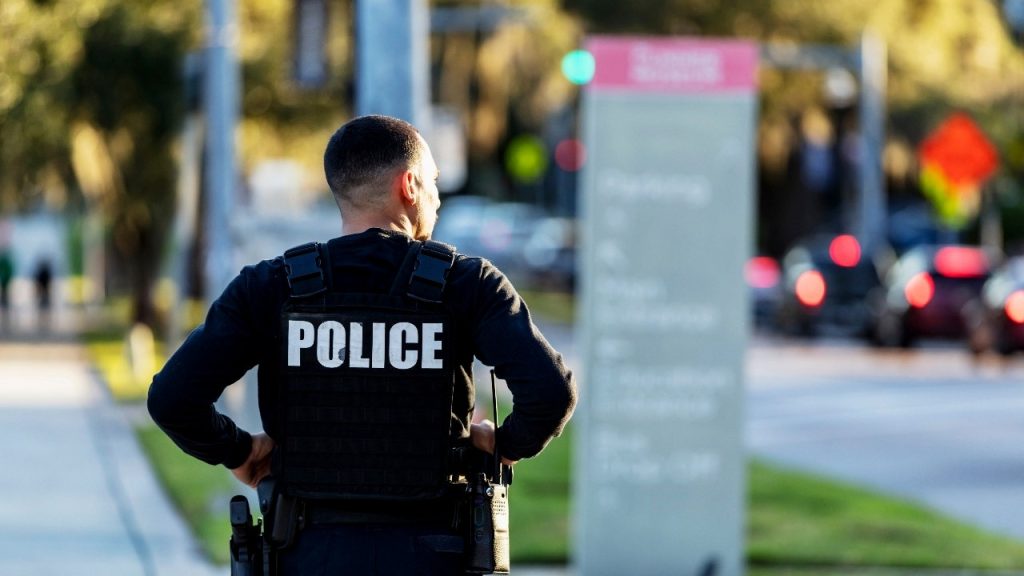The Growing Threat of Police Impersonators: A Crisis of Trust and Safety
In an era where public trust in law enforcement already faces significant challenges, a disturbing trend of criminals impersonating police officers has emerged across the United States, creating a new dimension of risk for everyday citizens. According to Ken Alexandrow, a retired Nashville Metropolitan police officer who now works as a self-defense trainer, these imposters are employing increasingly sophisticated methods to deceive the public—using fake badges, counterfeit uniforms, and vehicles equipped with strobe lights purchased online to commit robberies, assaults, and extortion. While such incidents remain relatively rare, their impact on public trust in law enforcement is profound. “They see a uniform and immediately associate it with law enforcement,” Alexandrow explained to Fox News Digital. “People don’t stop to read the badge. They see authority, and they comply.” This automatic response to perceived authority is exactly what makes police impersonation so dangerous and effective as a criminal strategy.
The recent cases demonstrate both the boldness of these impersonators and the potential for deadly consequences. In Texas this August, two men wearing masks, bulletproof vests, and badges claimed to be serving a warrant at a private residence. The homeowners, suspicious after spotting the men on their Ring camera and noting no police vehicles were present, refused to open their door. When the fake officers opened fire, the homeowners returned fire, killing both imposters. In California, a security guard named Peni Cere was arrested for allegedly sexually assaulting a woman after impersonating an officer and threatening her with deportation if she didn’t comply. In Maryland, a teenager gained access to a marked police vehicle and conducted fake traffic stops while wearing a uniform. Perhaps most shocking was the case in Minnesota where a man posing as an officer fatally shot Minnesota House Speaker Melissa Hortman and her husband, while also wounding State Senator John Hoffman and his wife. The suspect, identified as Vance Luther Boelter, reportedly wore tactical gear to gain his victims’ trust before the attacks. Minnesota’s Public Safety Commissioner Bob Jacobson condemned these actions, noting that the “suspect exploited the trust of our uniforms” in a way that is “deeply disturbing to those of us who wear the badge with honor and responsibility.”
The ease with which criminal impersonators can acquire police-like gear is part of what makes this trend so concerning. Alexandrow points out that uniform shops frequently sell shirts, boots, and duty belts without proper verification, while emergency lights for vehicles can be purchased online with minimal restrictions. While official badges and patches are supposed to be controlled items, counterfeits are readily available for those determined to obtain them. “It is not difficult to obtain the clothing, the patches, the badge, the duty belt, the weaponry,” Alexandrow explained. He added that legitimate police vehicles typically have comprehensive 360-degree lighting systems, whereas impersonators often rely on single dash lights or cheap strobes—a potential tell for citizens who know what to look for. This accessibility of police-like equipment creates a situation where virtually anyone with criminal intent can create a convincing disguise to exploit public trust in law enforcement.
In response to this growing concern, law enforcement agencies across the country are issuing warnings and guidance to the public. The Arizona Department of Public Safety, with support from Governor Katie Hobbs’ office, recently released a statement emphasizing that “impersonating a law enforcement officer is a serious crime that undermines public trust and threatens community safety.” Colonel Jeffrey Glover, the department’s director, assured citizens that his agency is “committed to rigorously investigating and prosecuting anyone who falsely presents themselves as a peace officer.” Governor Hobbs reinforced this position, stating that “impersonating [officers] makes that job even tougher. It puts our officers in harm’s way, undermines public trust, and makes our communities less safe.” These official responses highlight how seriously authorities are taking this threat, recognizing both the immediate danger to citizens and the long-term damage to police-community relations.
For citizens concerned about potential encounters with police impersonators, experts recommend several precautionary measures. If stopped while driving, individuals should try to pull over in well-lit, populated areas whenever possible. It’s important to request identification, as legitimate officers are required to carry authorized credentials that clearly identify them and their agency. When in doubt, Alexandrow suggests calling 911 to verify if the person is actually a police officer—”The chances are if someone doesn’t respond (to dispatch), then you know it’s not the real police.” Other recommendations include noting identifying details such as vehicle type, license plate, and badge number, while remaining as calm as possible throughout the interaction. These steps can help citizens protect themselves while also assisting law enforcement in identifying and apprehending imposters.
The ripple effects of police impersonation extend far beyond the immediate victims. At a time when many communities already harbor skepticism toward law enforcement, these incidents further erode the foundation of trust necessary for effective policing. Alexandrow acknowledges this reality, noting that these crimes “make it more difficult” to build and maintain trust between police and the communities they serve. The damage is twofold: citizens become more hesitant to comply with legitimate police authority out of fear, while officers face heightened suspicion and resistance even when lawfully performing their duties. For those who might consider impersonating an officer, Alexandrow offers a stark warning: “They’re just making our job that much more difficult. Look out when they get caught.” As police departments across the nation work to address this challenge, the message is clear—protecting the integrity of law enforcement identity is essential not just for public safety, but for the very foundation of trust upon which effective policing depends.


